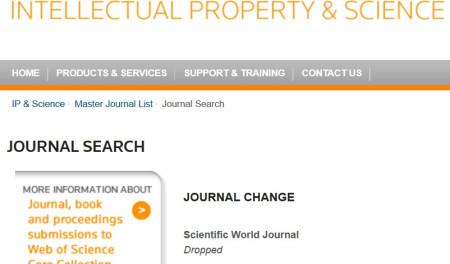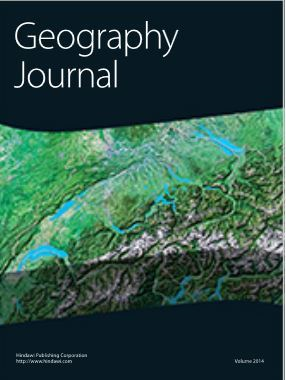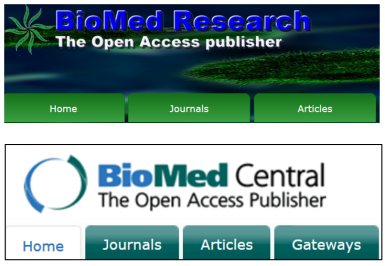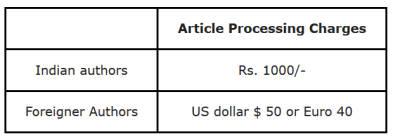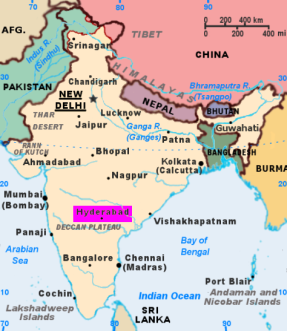Editor-in-Chief of Clute “Institute” Journal Badmouths the DOI

Most all high-quality scholarly publishers assign DOIs (digital object identifiers) to the articles and other digital objects they publish. These unique identifiers benefit scholarly authors by making their work more discoverable, accessible, and citable.
One Luddite publisher that refuses to use DOIs is the Clute Institute. In fact, one of the “Institute’s” editors-in-chief has even badmouthed the international standard.
Timothy F Slater, Ph.D. is a professor at the University of Wyoming and Editor-in-Chief of the Clute Institute’s Journal of Astronomy & Earth Sciences Education (JAESE).
Here’s what he said in the context of his journal not supplying DOIs:
One specific criticism of JAESE is that we currently do not use DOI numbers to specify permanent URLs for archived articles. The DOI system was created in the 1990s to solve the problem of unstable URLs when using Netscape and Mosaic to find online resources. Many publishers think that the DOI system has outlived the problem it was trying to solve, especially as membership in the DOI system is expensive for small publishers and, it seems to me, largely unnecessary these days. The Editorial Board is currently reconsidering DOIs, but members are understandably reluctant to pass more costs on to authors, if it is unnecessary.
Slater’s comment was posted to the Geoscience Education Research Interest Group email list hosted by Michigan State University on March 19, 2015. I don’t think Slater’s description is accurate.
DOI’s first started to appear in the 2000s, and they serve to provide unique and persistent identifiers for scholarly articles and other digital objects, identifiers that enable precise and unambiguous identification of scholarly works, along with many citation-based services.
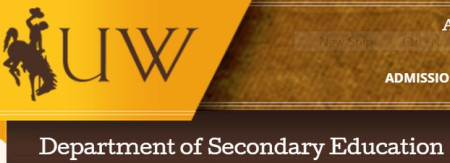
Also, I’ve never heard any publisher say anything even close to Slater’s silly claim that “Many publishers think that the DOI system has outlived the problem it was trying to solve …”.
It is shameful that such a statement would come from a professor of education. He may be confusing the DOI with PURLs.
I recommend that researchers stay away from the Journal of Astronomy & Earth Sciences Education. It charges both submission and publishing fees, and it does not assign DOIs to the articles it publishes, leaving its published authors at a disadvantage.
By: Jeffrey Beall
Follow on Twitter
Source: Scholarly Open Access
Comments:
Blazeyastic says:
May 8, 2015 at 4:44 PM
Jeff are you saying every journal with DOI are suitable for publication than those without it? Remember, there some of your listed predatory journals with DOI, thanks.
Jeffrey Beall says:
May 8, 2015 at 4:48 PM
No, I am not saying that.
Sudesh Kumar says:
May 9, 2015 at 2:30 AM
what Jeffrey is saying that the editor does not know what he is talking about…as the editor says “…especially as membership in the DOI system is expensive for small publishers…”
the charges for a small publisher comes to be about $500-800 per year. either the journal wants to save this amount using excuses or the journal is not earning enough to pay this amount…both of which are bad scenarios…
Robert says:
May 10, 2015 at 8:01 AM
CrossRef normally charges 280$ as an annual fee plus one dollar per paper for assigning doi. This fee is associated with small publishers. The fee is nothing compares with advantage people get. Another point is that the managers of some well known indexes such as Scopus only index journals with valid doi. In other words, if a publisher does not cooperate with CrossRef, it is getting difficult to receive valuable index. I believe escaping from DOI membership is a good sign of a predatory activity. This publisher probably knows sooner or later they will have to close their operations so they do not bother to get involved with doi operations.
However, many well known small OA publishers take advantage of doi system and scholars benefit from it.
I believe all Librarians must help scholars know more about the advantages of a journals with valid DOI. I am glad to see that when a publisher tries to receive Scopus index for its journals there is a link to keep track of (See http://suggestor.step.scopus.com/progressTracker). ISI index also provides a link to get the status of journals, but the link often does not give feedback. Here is the link:
http://ip-science.thomsonreuters.com/info/jrneval-status/
It seems that ISI people are very busy, disregard offering any feedback to scholars and I think within the next few years, Scimago index, which is based on Scopus will break the monopoly of ISI, completely and most universities around the world will depend only on Scimago index.
Robert says:
May 10, 2015 at 11:49 AM
CrossRef normally charges 280$ as an annual fee plus one dollar per paper for assigning doi. This fee is associated with small publishers. The fee is nothing compares with advantage people get. Another point is that the managers of some well known indexes such as Scopus only index journals with valid doi. In other words, if a publisher does not cooperate with CrossRef, it is getting difficult to receive valuable index. I believe escaping from DOI membership is a good sign of a predatory activity. This publisher probably knows sooner or later they will have to close their operations so they do not bother to get involved with doi operations.
David says:
May 10, 2015 at 3:44 PM
DOI has nothig to do with quality of a publication. It is not essential to assign DOIs to articles as it is a value added service. So don’t mix DOI assignment with quality of publication. If publishers don’t want to get registered with CrossRef…….it’s their choice…….Actually many people are working to support the corporate agenda…..Now see DOIs also become a corporate product…….These corporate people just want to fill their pockets………….by sucking our blood…….like bats……
Ken Lanfear says:
May 11, 2015 at 6:21 AM
Jeff, I feel not having a DOI may be a dumb choice, but it is not illegitimate and does not imply bad faith. The EIC is up front about this, so there’s no more deception than a journal that, say, chooses to publish only in paper.
You do your list a disservice by including a journal for this reason. There are plenty of genuine bad actors to worry about.
Jeffrey Beall says:
May 11, 2015 at 8:03 AM
Ken,
Nowhere in my blog post did I mention anything about deception, so I don’t understand why you are arguing against something I did not say or imply. Why are you putting words into my mouth? Moreover, you imply that I put Clute Institute on my list for a single reason, which is also untrue. I find your comment irresponsible and unfair.
Jeffrey Beall
Ken Lanfear says:
May 11, 2015 at 5:36 PM
Sorry, Jeff. I didn’t mean to imply you were alleging bad faith. However, “I recommend that researchers stay away from the Journal of …” seems a pretty harsh sentence for a journal just exercising its business judgement.
geocognition says:
May 11, 2015 at 11:50 AM
I am in the field this “journal” covers, and we need more reputable publication options. I am concerned that young scholars will mistakenly publish here, and their work will be tarnished.
The lack of DOI is troubling – papers will be lost to oblivion. Even more so is the concern I have that the journal is not actually peer-reviewed – although cryptic, it seems that the “advisory board” of the journal also serve as reviewers for papers. This is not legitimate peer-review.
Stephanie Slater says:
May 18, 2015 at 3:48 PM
Upon reflection, this conversation seems a bit too removed from reality, and it might be helpful to bring it back to earth. …. It should be noted that there are real people who have published their work in some of these journals, and that should factor into the equation here. We are not talking about the work of faceless minions. When you besmirch the reputation of a journal, you are by extension, casting shadow on the scholarly work published therein, and to a certain extent, questioning the value of the work these individuals have done. That should be done with more care than is being demonstrated here… In the case of JAESE, the journal has taken on the specific mission of creating a publishing space for those who are traditionally marginalized in the patriarchal academic system. The first four articles were all written by American women, who have their PhDs from American institutions. In the case of three of the articles, these works are the publications of their dissertations, and represent over a decade of research overseen by well-respected scholars in their fields. In the case of the fourth paper, I am the author. My published article is a piece of research that I saved back for the specific purpose of starting this journal off on a strong foot. It is a description of the development of a research instrument that has been used in over 20 studies in the US, including four dissertations, conducted at R1, American universities under the supervision of well-respected scholars…. The fifth piece is a retrospective written by a very-well respected astronomy educator in the United States, who himself served as the editor of a journal for over a decade. …. The editor of JAESE is a full-professor, an Endowed Chair of Excellence in Science Education, has won an extraordinary number of awards in his field, who has graduated more PhDs in his field than any other person in its history….so it’s possible that he knows a thing or two about what constitutes real research in his field. … And the Editorial Board is really quite amazing. ….None of those features of this journal have been discussed in determining whether or not the journal is legitimate, which is quite disturbing. …. Before labeling a journal as predatory or a scam, it seems that reading the journal, contacting the editor, or authors, or members of the editorial board, are the minimum acts of due diligence. … Without taking such measures, it seems that negatively labeling the journal is an act taken to silence the respected voices who have chosen to publish there, which in this case could very easily be read as sexism in the academic workplace. I’m not sure what else one would call such unsubstantiated slander against a journal that purposefully chose to feature four, solo female scholars. ….Until such time as Mr. Beall conducts due diligence, academic integrity would demand that he retract the statements that he has made regarding the quality of this journal, of its board, it’s editor, and the work published by its authors.
Concerned Commentator says:
July 6, 2015 at 3:06 PM
Do you think it matters that you are married to the editor of the journal under which you were published? Do you think it matters that you two have a financial arrangement with the publishers? Are you willing to disclose what that arrangement is since the authors are charged page fees? How much money will you and your husband make from running this journal?
Anirud says:
March 28, 2016 at 10:27 AM
Came to this late but I find it a little puzzling how doctoral theses works were published here ( see Stephanie Slater comment above). Clearly, ppl want it in an A or B. If not of that quality, generally such theses are not seen as worth the paper. If JAESE were really of B or higher standing, it would not need such vigorous, spirited defence, would it? And not many buy into this patriarchal claptrap any longer. It is just another excuse. That said, DOI or payment alone should not be the criterion for blacklisting. In the case of Clute, I think there are more indicators than that, making it look highly questionable.

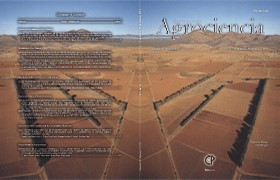

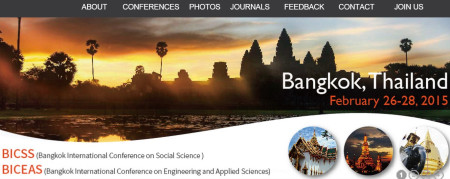
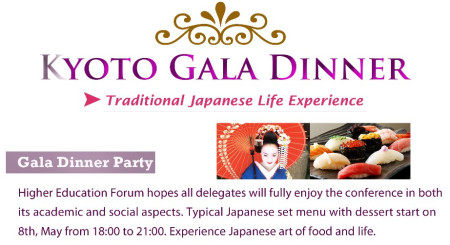

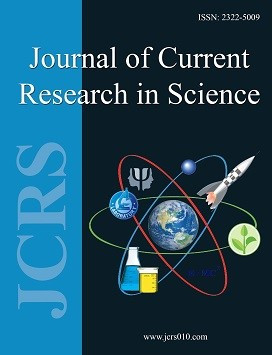


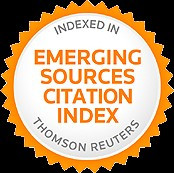
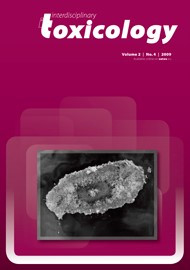
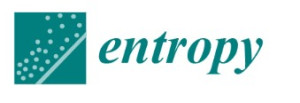

 Well, I have to agree he was a bit too opinionated on this, but you get the idea. Some leading conferences in our field include ACM CCS, IEEE S&P, USENIX Security.
Well, I have to agree he was a bit too opinionated on this, but you get the idea. Some leading conferences in our field include ACM CCS, IEEE S&P, USENIX Security.